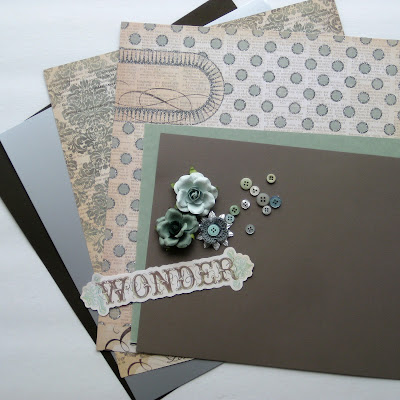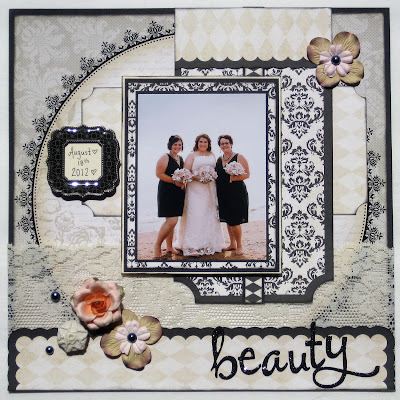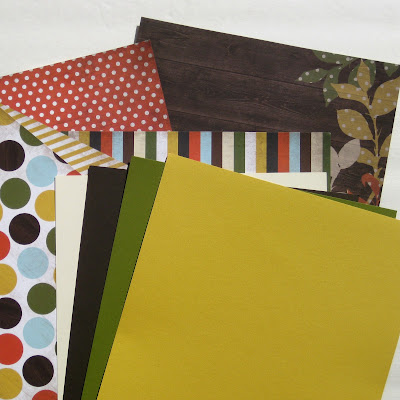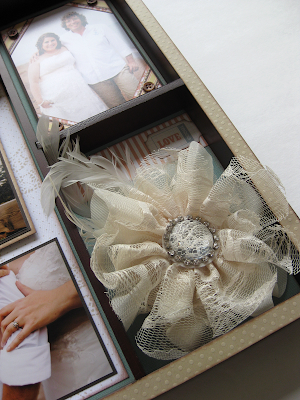Sometimes it's just easier to leave your camera set to fully automatic aka the "green square", I get it. But you could be cheating yourself out of some great results, by simply just switching your dial over a couple of notches.
P: Program- This setting is almost full program. The camera will still choose what settings it should use, however, in this mode you can override the flash settings. A pet peeve of mine is when the flash pops up when I don't really want it. You can still have flash, you just have to tell the camera to use it.
For the rest of these settings, this just gives your camera a better idea of what you are trying to take a photo of. Instead of the camera assuming that you are taking a photo of one thing over another.
I have taken a photo of the dial that is on my DSLR, it is much like any other dial out there. Some have a few more settings, some have fewer settings. These are the most common:
Portrait: The Head- For when you are taking a photo of one person or a few people. Not big groups. What this is telling the camera, is that you have a focal person in mind. What is behind it doesn't matter as much. The camera then changes the focal length, making what is behind your subject a little more blurry. The reason why this setting would not be great for a large group is, if you have rows of people, the front row will be in focus, but the back row will not.
Scenery: The Mountain- this is for wide angle shots of landscapes. Also would be great for shots with people standing in front of landscapes. Kind of the opposite of the portrait mode, scenery/landscape mode keeps more of an infinite focus. more detail that you see with the naked eye will remain clear and in focus. Now for example, if you do have a person standing in front of the Peggy's Cove lighthouse, I would make sure to focus on the person. That way they would have the most clarity.
Macro: The Flower- This is for extreme close up images. Most often you think of flowers and foliage. Anything that you want a close up image of, showing as much detail as possible. Every camera and lens is slightly different as to how close you can get to an object and get focused, so it really is trial and error when in the process of taking the image.
Fast Action: The Running Guy- This setting is meant for when taking photos of people or things moving quickly. However, it is not magic. It works best outdoors with good light. This setting will not work well in an arena. Indoor action shots are one of the hardest things to photograph well. The best advice I can give you, is get as close as you possibly can and be patient.
Night Portrait: Little man with star above his head- This setting is meant for low light situations like a portrait at sunset, or imagine you are sitting at an outdoor cafe at night with beautiful romantic lighting in the background. I do like this setting, but it can be a bit tricky for both the person/people being photographed and the photographer. Essentially what the camera will do is flash first to illuminate the person in your photograph, but then in addition to that it will leave the shutter open just a couple of seconds more, letting the camera record the ambient light that surrounds the subject (the colorful sunset, or pretty lights). But what this means is that your subject and you as the photographer have to stay VERY still while the camera's shutter is still open doing this. Having the camera on a tripod would be ideal, but you can get away with hand holding it.
With nicer weather on it's way, have fun out there and play until you get the images you want!



















































